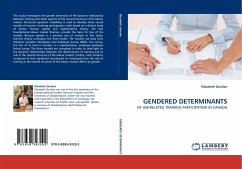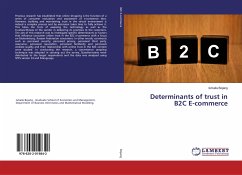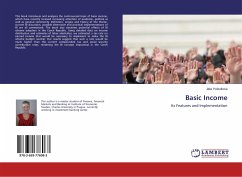This study investigates the gender dimension of the dynamic relationship between training and other aspects of the reward structure of the labour market. Structural equation modelling is used to develop three causal models of women's training participation, each based on a distinct body of theory. Human capital and segmentation theory, the two foundational labour market theories, provide the basis for two of the models. Because gender is a primary axis of analysis in this study, feminist theory underpins the third model. The models use data from Statistics Canada's Workplace and Employee Survey (WES). The survey, the first of its kind in Canada, is a representative, employer-employee linked survey. The three models are compared in order to shed light on the dynamic relationships between the determinants of training and its role in the reward structure of the labour market. Further, each model is compared to their gendered counterpart to investigate how the role of training in thereward structure of the labour market differs by gender.
Bitte wählen Sie Ihr Anliegen aus.
Rechnungen
Retourenschein anfordern
Bestellstatus
Storno








